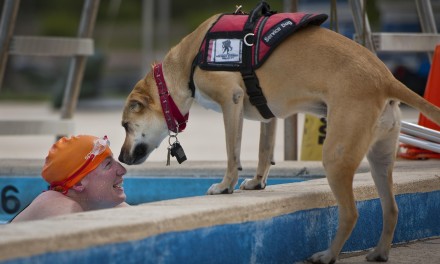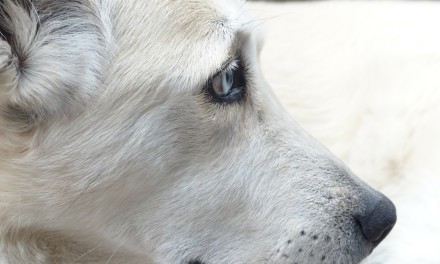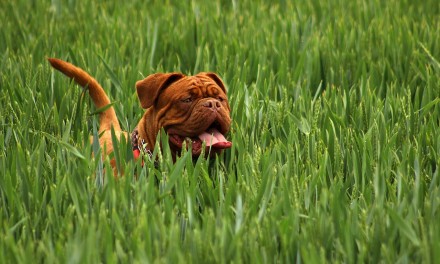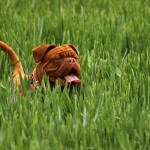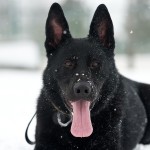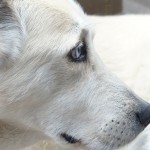Dog parks, friend or foe?
by The Pawsitive Packleader, Inc.
Risks and courtesies to make the Dog Park a fun and safe environment.
Dog parks appear to be a consistent source of controversy amongst dog owners and dog professionals. Many professionals avoid the dog park like it was a dose of Parvovirus even though a trip to the park can be pure “doggie heaven” for your pooch. The disappointing truth is that many factors can quickly add up to a damaging experience for the dogs instead of the fun canine social outlet that it should be. The primary reason for this is that owners are perpetually bombarded with bad information. Most of the information that’s readily accessible to owners is so caught up in anthropomorphic or wolf ideology that actual canine behavioral truths are few and far between. In addition to owners having a lack of expertise in dog-dog interactions (do not confuse experience with expertise), at times the park is flooded with dogs. With so many dogs at the park, problems can start spiraling out of control if owners do not have some basic behavioral understanding. Here are a few pointers that every dog owner should know and respect before going to the park.
1: Be cautious about leashing your dog in the park.
Many dogs exhibit leash anxiety/frustration/aggression. If a well-adjusted dog has a problem with another dog, their standard tactic is avoidance. The leash can prevent the dog from navigating social situations in a way that is comfortable to them, thus leaving them feeling that they must fight. Often this aggression is merely a warning to keep away, however the dog is truly upset. Try to avoid putting your dog in any situation that makes them feel trapped. Avoid leashing your dog in the park if he experiences leash anxiety.
2: Avoid bringing intact dogs to the dog park.
This applies to both males and females. Dogs that have been spayed or neutered quite often show aggressive or defensive behavior around intact dogs (primarily male intact dogs). This comes down in part to a difference in smell (pheromone release) but primarily body language. Dr. Jim Ha, a Certified Applied Animal Behaviorist and professor at the University of Washington, comments:
“Dogs that are intact tend to have a different body language. They tend to throw a lot of stricter or stronger social status cues, dominance and subordinate cues, and a lot of times these are not seen, learned or used effectively in dogs that are fixed, so there tends to be a real miscommunication.”
3: Be cautious using toys and extremely cautious using treats at the park
Many dogs experience anxiety around food. In the behavior field, this is known as resource guarding. Resource aggression can be subtle and happen very quickly. It is generally best to avoid using treats. If you are training your dog at the park, be sure no other dogs are near before you give treats.
4: If there is a fight between dogs, do not reach in and grab a dog.
A massive amount of bite injuries come from owners trying to break up fights. The ASPCA lists the best approach for breaking up a dog fight and can be found at the bottom of this link (http://www.aspcabehavior.org/articles/52/Choosing-Playmates-for-Your-Dog-.aspx).
5: Do not bring young puppies to the dog park.
Not only is the park loaded with disease causing microbes, but puppies can be easily traumatized or learn poor play habits. If you need a place for your puppy to play and socialize, numerous dog schools offer puppy play that is monitored by professionals in a safe environment. Some dogs have no patience for the rude social behaviors of puppies and in some cases the result is a trip to the hospital.
Rule 6: Be responsible, keep alert for trouble, and always be moving.
Being a responsible dog owner entails respecting the needs of all dogs. If another dog does not like your dog, don’t let your dog bully them. Keeping your eyes open for potential problems can be the difference between a trip to the hospital and a relaxing day at the park. It is irresponsible to go to a dog park and sit on a bench to read a book or chat with your friend neglecting what your dog is doing at all times. In addition, always keep moving. The more you move around at the park, the more likely your dog is going to keep his eye on you and come when called.
Remember the rules, be responsible, and always respect the dog.


